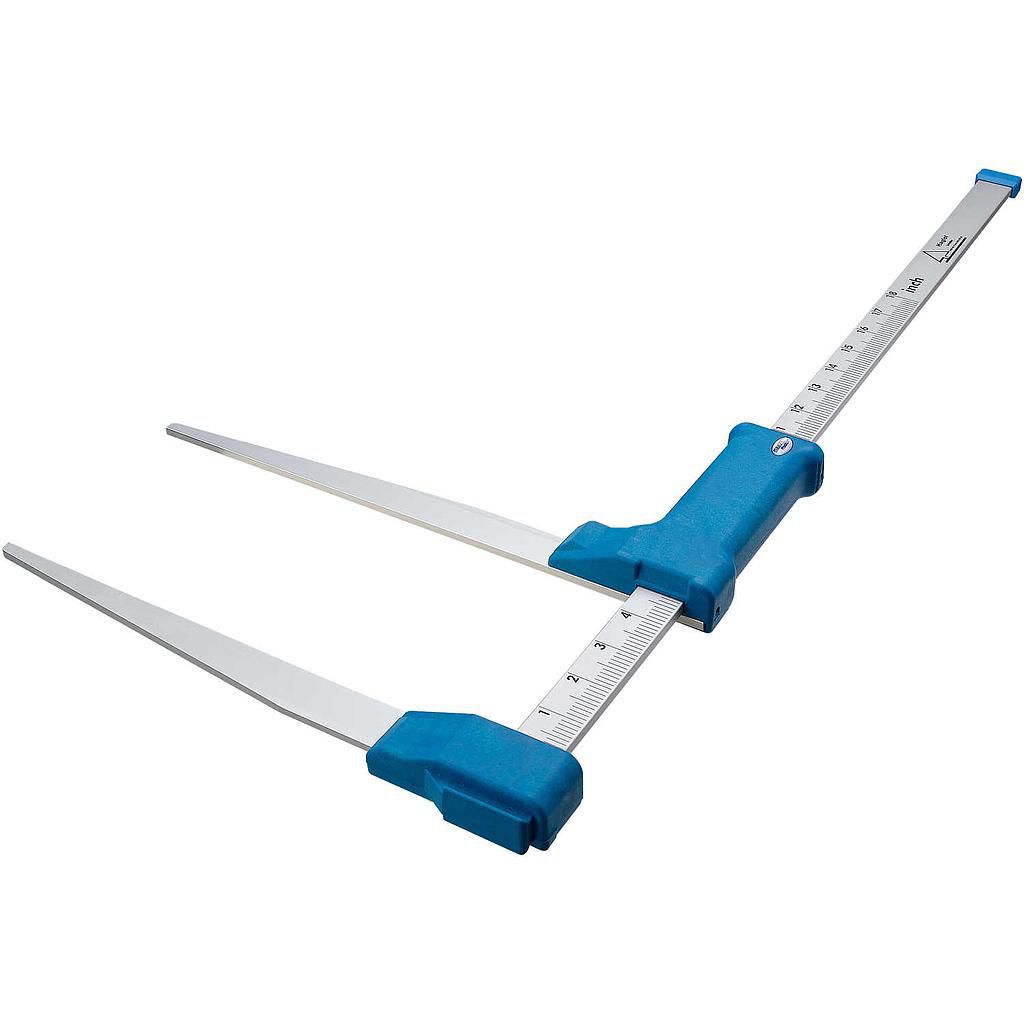Diameter measurment caliper
A guide to using calipers to measure diameter you should know
You may be familiar with traditional calipers, but the measuring tools in the mechanical industry today are even more diverse. Each type of measuring tool is created to solve a specific problem. Understanding and grasping the value of the tool, and maximizing its use, will help you a lot with your work. Read the article below to find out why!
Calipers for measuring diameter and practical applications
In the past and even now, when it comes to measurement, people in the industry often think of calipers. This tool is almost everywhere, from mechanical workshops and wood shops to home workspaces. It is truly versatile, a tool that you can use to measure the outer diameter of a steel bar, the inner diameter of a pipe, or even the depth of a borehole. With models like INSIZE 2241-6 or INSIZE 2251, 2261-5 this job becomes incredibly easy.

For those who are new to the field, calipers have two main types: traditional mechanical and digital. Those who prefer durability and don't have to worry about running out of battery can choose the mechanical type. For those who want to read data quickly and accurately, without having to strain their eyes on markings, the digital type is a wise choice. I personally think each type has its own advantages, but the important thing is that it solves your work problems.
A solution for measuring tree trunk diameter in the forestry industry
There is a special type of caliper that not everyone knows about, and that is the tree caliper. This is a tool specifically for those working in the forestry industry. It is not at all like the calipers you see in a workshop. It is designed specifically to measure the diameter of tree trunks, this type of caliper must be very sturdy to withstand the outdoor working environment. Thanks to it, the work of surveying and statistical analysis of forests becomes much simpler. Thanks to models such as HAGLOF 11-100-1106, the work of surveying and statistical analysis of forests becomes much simpler and more accurate.
That's one example showing that the world of measuring tools for diameter is very broad, and each industry has a specialized tool.
How to distinguish between outside and inside diameter measuring tools
One of the most basic things you need to grasp is the distinction between tools for measuring outside diameter and inside diameter. In general, you can easily recognize them by the structure of the measuring jaws.
- Outside diameter measuring tool: It has two measuring jaws that point inwards, used to clamp and measure the outer size of an object.
- Inside diameter measuring tool: It has two measuring jaws that point outwards, designed to be placed inside a hole or groove to measure their size.
Although some types of calipers can perform both functions, for higher accuracy requirements, it is necessary to use specialized tools such as a bore gauge.
Common mistakes when first using measuring tools
These mistakes are not faults, but valuable lessons learned when one becomes familiar with measuring tools.
Using the wrong tool: This is the most common mistake. Don't try to use a caliper to measure the inner diameter of a borehole that requires high accuracy. In this case, a bore gauge is the optimal choice. Using the wrong tool can not only lead to inaccurate results but also damage the object being measured.
Neglecting calibration: Many people think that they can just buy and use it. However, any measuring tool needs to be checked and calibrated periodically to ensure that the results are always accurate.
Not cleaning after use: Dirt and grease can stick to moving parts, causing them to jam or reduce the accuracy of the caliper. Make a habit of cleaning and storing your tools in a specialized case.
Through the sharing above, I hope you have gained a more comprehensive view of the world of measuring tools for diameter. From the familiar caliper to specialized tools for the forestry industry, each type plays its own role and is a powerful "companion" in your work.
No matter the profession, if you want to do it well, you must understand your tools. Don't be afraid to explore, learn, and exchange experiences. If you have any questions or would like to share more, don't hesitate to contact us for the earliest assistance and answers!
-
-
-
-
-
-
-
-
-
-
-
-
-
-
-
-
-
-
-
-
-
-
-
-
